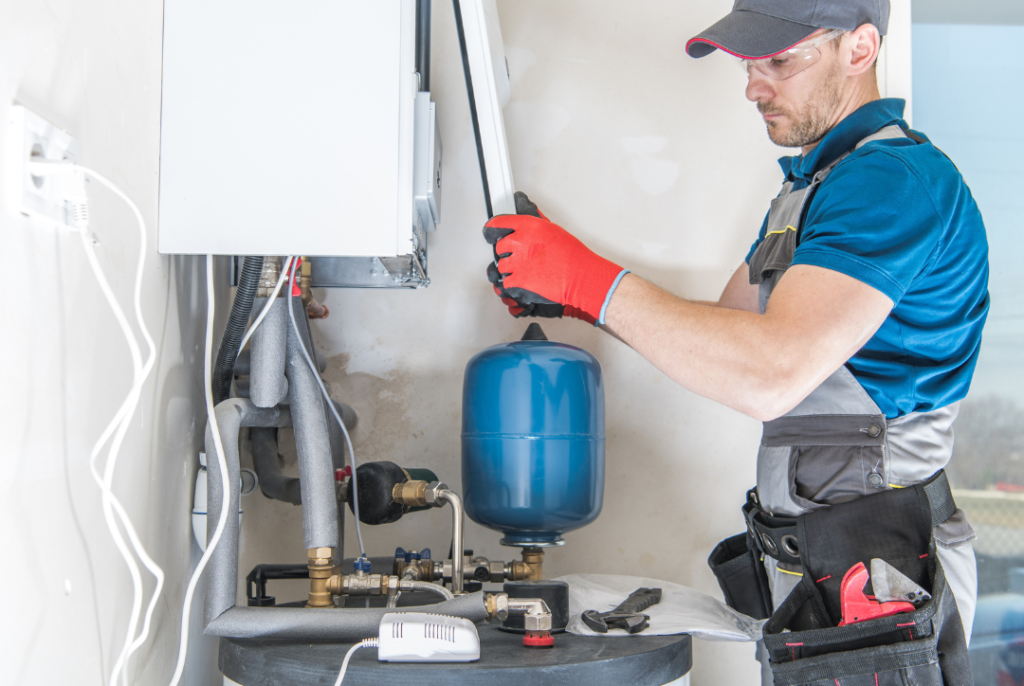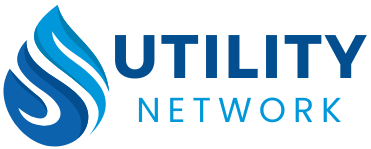New Gas Connection Services
New Gas Connection services provide residential, commercial, and industrial customers access to natural gas supplies for heating, cooking, and other uses. The process of obtaining a new gas connection involves several steps that ensure safety, technical compliance, and efficient service delivery.
Application Process
- Submission of Application: The first step is to apply for a gas connection through the local gas distribution utility or gas provider. Applications can usually be made online or at the utility’s service center.
- Required Documentation: Applicants need to submit several documents, including:
- Proof of identity (e.g., national ID, driver’s license, or passport).
- Proof of ownership or a tenancy agreement for the property.
- Building permits or occupancy certificates (if required).
- Site or property layout for large residential, commercial, or industrial connections.

Site Inspection
- After the application is submitted, a representative from the gas utility company visits the property to inspect the site. This inspection is done to:
- Assess the feasibility of connecting to the gas network.
- Determine the technical requirements for the installation.
- Evaluate the location for meter installation and piping.
- Identify the closest access point to the main gas pipeline network.
Cost Estimation
- Connection Charges: The gas company provides an estimate of the total cost, which may include:
- Fees for the installation of meters.
- Pipeline extension (if the property is far from the main gas line).
- Any necessary infrastructure adjustments (e.g., pressure reduction stations for industrial customers).
- Security Deposit: A refundable security deposit might be required depending on the expected gas usage and type of customer (residential or commercial).
Technical Planning and Installation
- Technical Planning: Engineers from the gas company design a connection plan, which includes:
- Routing of the gas pipes to the property.
- Placement of meters and regulators.
- Ensuring that all gas fittings comply with safety standards.
- Installation of Gas Pipes: This includes laying the gas pipes from the nearest access point in the distribution network to the customer’s premises.
- For Residential Customers: The gas utility installs pipes, meters, and regulators on the premises.
- For Commercial and Industrial Customers: Installation may involve larger pipelines, multiple meters, and potentially dedicated pressure regulation systems for high-consumption customers.
- Meter Installation: A gas meter is installed at the property to record consumption and ensure accurate billing.
Safety Checks and Compliance
- Leak Tests: Before activating the connection, the utility company conducts tests to check for gas leaks in the piping system.
- Compliance with Regulations: All installations are inspected to ensure compliance with local building codes and safety standards. This typically involves:
- Checking that all gas appliances (heaters, stoves, etc.) are properly connected.
- Ensuring that ventilation and exhaust systems are functioning safely.
- Verifying that regulators, valves, and emergency shut-off devices are in place and accessible.
Connection Activation
- After successful installation and safety testing, the gas utility company activates the gas supply.
- The customer is informed about the safe operation of gas appliances, meter reading processes, and contact information in case of emergencies.
Billing and Payment
- Monthly Billing: Gas consumption is billed based on meter readings. Bills are generally sent monthly or quarterly, depending on the customer type and local practices.
- Payment Options: Utility companies provide various payment methods such as:
- Online payments (through a mobile app or website).
- Direct debit from bank accounts.
- In-person payments at designated locations.
Ongoing Maintenance and Support
- Regular Maintenance: Gas providers often perform regular inspections and maintenance on the gas infrastructure to ensure safe and reliable supply. Customers are responsible for maintaining the internal gas pipes and appliances on their property.
- Customer Support: Support services are available for issues related to gas supply interruptions, emergencies, or billing inquiries.
Safety Guidelines and Emergency Procedures
- Gas Leak Protocol: Customers are educated about identifying and reacting to potential gas leaks. In case of a leak, they are instructed to:
- Turn off the gas at the main valve.
- Avoid using electrical switches or appliances.
- Ventilate the area and call the utility company or emergency services immediately.
- Carbon Monoxide Detectors: For safety, customers may be advised to install carbon monoxide detectors, particularly when gas is used for heating.
Special Considerations
- Rural and Remote Areas: Connecting remote properties to the gas network may take longer and involve higher costs due to the need to extend pipelines.
- Alternative Energy Integration: In some regions, customers may have the option to integrate alternative energy sources such as biogas.
- Custom Solutions for Industrial Clients: Large industrial facilities may require customized solutions, including high-capacity pipelines, storage tanks, or special pressure regulation systems.
- Government Subsidies: In some countries, subsidies or rebates may be available for new gas connections, especially for low-income households or energy-efficient installations.
The timeframe for completing a new gas connection can vary, ranging from a few days for residential properties already near a gas pipeline, to several weeks or months for larger or remote installations.
Would you like more information on the procedures in a particular region or specific utility provider?

